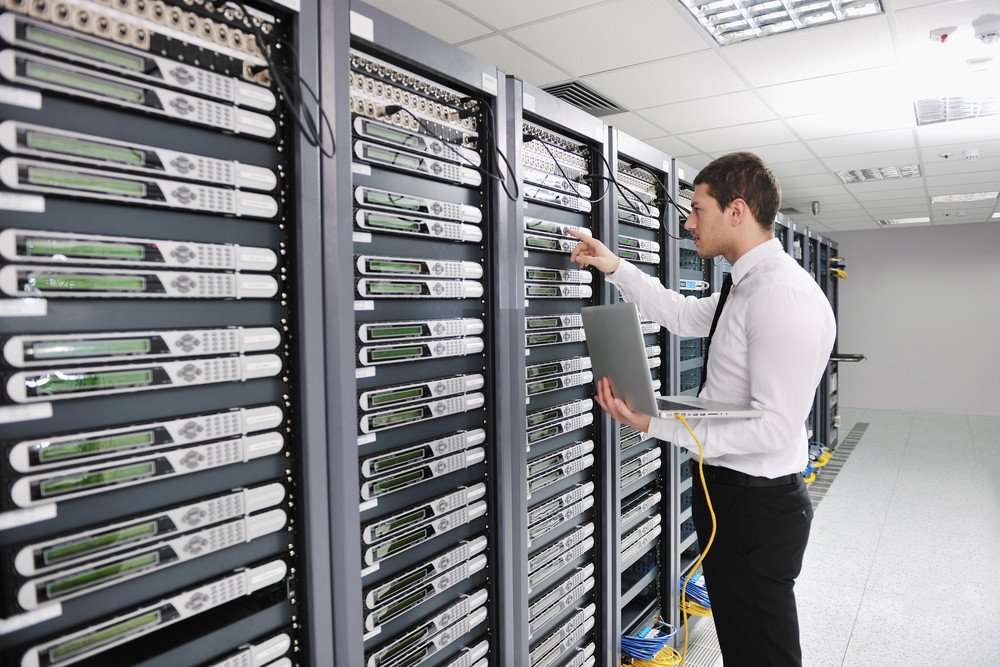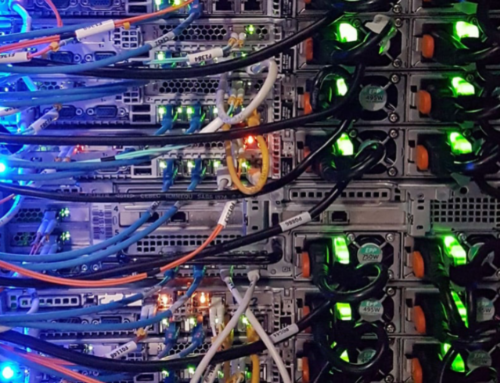As data centers process and store information, they emit large amounts of heat. For the equipment in the server room to function properly, there must be an effective temperature management system. Discussed below are the different types of data center cooling methods available.
Computer Room Air Handler (CRAH)
A Computer Room Air Handler unit is powered by an extensive system that involves a cool water plant in the area. Cold water travels through a cooling coil in the unit, which uses modulating fans that extract air from outside the facility. When used in areas with colder annual temperatures, CRAH units are much more efficient since they work by cooling outside air.
Computer Room Air Conditioner (CRAC)
A CRAC unit is similar to a residential air conditioner, but this one is designed for a server room. The unit is power-driven by the use of a compressor drawing air across the refrigerant cooling unit, creating cool air for the server room. In terms of energy usage, they are inefficient, but the equipment is relatively affordable, making them the most common cooling system.
Calibrated Vector Unit
This type of data center cooling optimizes the airflow path, allowing the cooling system to manage heat efficiently. Cold air is sent through the hottest and most critical parts of the equipment to cool them. This method aims to utilize fewer fans and a small amount of power while cooling more servers per unit.
Cold Aisle and Hot Aisle Design
About 80% of data centers either employ or are looking to install cold and hot aisle containment systems to keep the servers at a correct temperature and reduce energy use. Hot and cold aisle designs involve lining the server racks in rows, with hot exhausts facing one way and cold air exhausts facing another way. The hot aisles face return ducts, while cold aisles face air conditioning output.
Direct-To-Chip Cooling
This type of cooling system uses liquids as its cooling method. The coolant travels through pipes to a cold plate incorporated into the motherboard processors, which disperse heat. The extracted hear is fed into a chilled water loop and transported to a chiller plant into the facility. This method is among the most effective forms of cooling a server room.
Close Coupled Data Center Air Conditioning Units
The goal of close coupled cooling is to bring heat transfer closer to its source, which is the equipment rack. With the air conditioning unit closer to the equipment rack, it can more precisely deliver inlet air and more immediately capture exhaust air. In-Row air conditioners are a type of open-loop configuration for closed coupled cooling. As the name suggests, the units are installed inside the rack rows, allowing the airflow to follow a short and linear path. This reduces the power needed to start the fans, helping increase energy efficiency.
Data center power distribution units should be able to handle the amount of amperage they are pulling while being used. An effective cooling system ensures that despite the energy demand, the servers are working efficiently. Please contact LDP for the mission-critical support solutions your data center needs.






